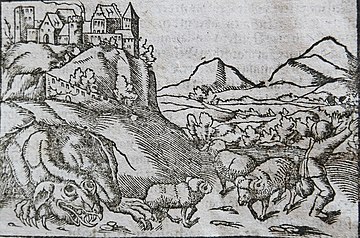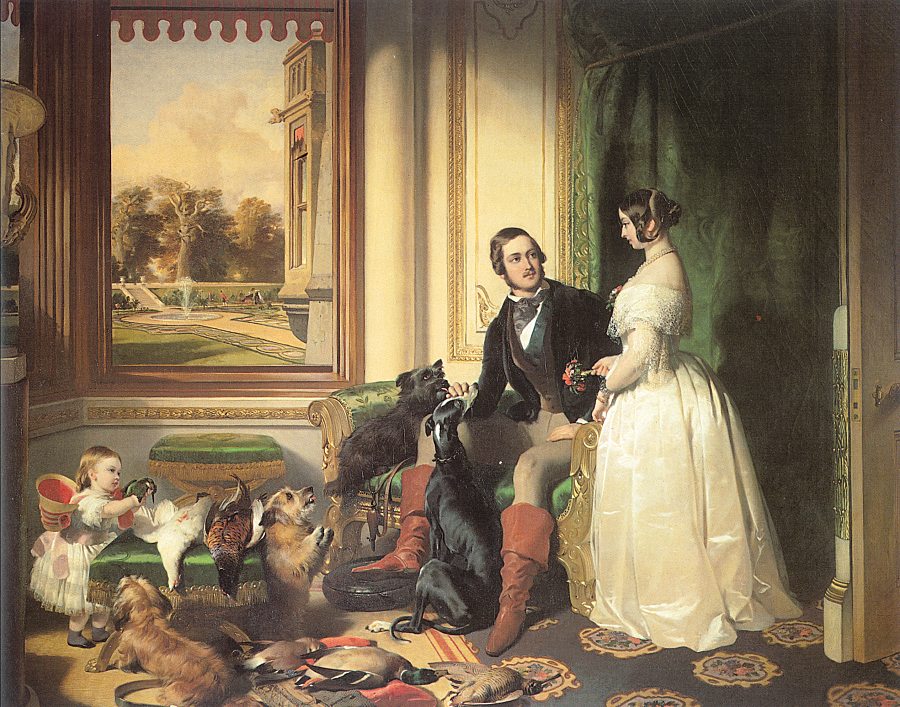 |
| our table at the medieval restaurant. |
In Kraków and later in Warszawa (I guess if I use Polish for Krakow I better use Polish for Warsaw!), I feasted on delectable meal after delectable meal. We sampled all sorts of restaurants: my husband's best friend, Paweł, lives in Kraków and the two of them were incorrigible. We might visit three restaurants in a single evening around town, by combination of pedestrian and bus travel. (Many of the old narrow streets in old Kraków are closed to automobile traffic so it is extremely conducive to walking where you want to go.)
For hearty eating, no one can outdo Polish cookery. In a way similar to "Southern hospitality", it has a somewhat familiar feel for me, but I have never been told to eat so often in my life as in a Polish home.
I have tried to limit this post, but it just kept growing. There is no cultural experience as authentic as the food experience in Poland. One of the restaurants in Kraków that we visited I already mentioned in my previous post, a medieval restaurant straight out of a book.

I had the most delicious dessert in this place, too: a rich, decadent chocolate and raspberry mousse cake, with hot pepper and lemon sherbert. I can't describe to you how conservative I tend to be regarding combining flavors, but this was exquisite. I finally understood the fuss about balance to the palate in really artistically flavored foods.
The same evening, we also visited a little place in the shivering cold, over in Kazimierz, the old Jewish quarter. This spot was a fast-food reminiscence, frequented mostly by authentic Poles like our friend and host, with less to line their pockets and as much of an appetite. You order at the stand and eat outside, something rather like a sub and rather like a pizza, and not altogether like either, called "zapiekanki". They were delicious!!
The stand above would be difficult to find without a guide, but other good Polish delicacies are not hidden in so labyrinthine a manner. In the malls, or "galleria" in Polish, which are more commonly filled with tourists and young natives (as they are here), there were also delicious dining experiences to be found, at Wedel Chocolates. E. Wedel has been in business since 1851; they are considered a national brand, though unfortunately they have been sold two to three times since the nineties... the last time to a South Korean company, owing to demands from the EU.
(-On which topic I could say much. The EU makes ridiculous rules and demands on smaller countries, even on tiny farms and private property, which poor Poland concedes in exchange for a pittance which will never raise Poland from third-world status. I was disgusted time and again with the hypocrisy of it, more visible from the inside. But an American born and bred wouldn't stand for it... at least, not an Ozarkian!! As Locke so cleverly explained, any government rules by consent of the governed. In my language, that means you get the government you ask for and are willing to put up with.)
 |
| E. Wedel drinking chocolate |
At any rate, Wedel still sells good chocolate. They sell a thing translated "drinking chocolate," much, much thicker than hot cocoa, and too rich almost for even my prodigious sweet tooth! But I had this twice, and it was quite yummy. But Wedel makes my final cut of restaurants because of a slice of cake. To wit, chocolate cake (again) and so heavenly in the opinions of many, that though we tried in multiple shops to get this again, it was always sold out!!!
One had to be there early to get even one slice. It came with a bowl of raspberry sauce and was good enough to die for... definitely worth any price in złoty! (Polish currency still holds, for the present, though they may enter the euro game during this decade.) But I recommend this to any traveler in Poland: it is easy to find Wedel shops, and one lovely taste of the country even if only passing through. While you are waiting, look over their gorgeous gourmet chocolates, candies, and truffles, and buy a few of the black-currant kind... a flavor only beginning to gain popularity here, but one I couldn't get enough of Over-the-Water!!

In Warszawa, we finally visited a few cukiernias, which I would translate "sugar shops." They are bakeries, which one can find in any city in Poland, but we visited more in Warsaw than other places. These must be the places that the souls of baked goods junkies go to when they perish.


And speaking of baked goods heaven, with our visits to my husband's native village, I had opportunities to sample the local cuisine in homes of family and friends. It is every bit equal in presentation and quality to anything you will find in a restaurant or shop. As a note of fond remembrance, I must relate one anecdote from the village. My husband's cousin Gosia is known for her cheerfulness and her rapid tongue. She is as newsy as Rachel Lynde! I learned that the most trivial detail related to Gosia is as good as a public announcement in a local paper, and I learned this in a rather amusing way.
One evening, Gosia announced that we were going to have cheesecake for dessert the next day (she had already discerned my weakness for sweet things). I recognized enough of what she was saying, particularly the Polish word for cheesecake, sernik, and eagerly aired my affirmative. Gosia could not speak English, and there was so little I could say in Polish, or comprehend anything either in the rapid deluge of words that is native speech, that in the chance to shine a bit I jumped excitedly onboard and told her that I love sernik and it is extremely good. And oh, to what effects!!!
By the time my husband and I returned on the bus that night to Kraków and were met by his friend Paweł, Paweł could slyly comment, "So you like cheesecake, eh?" This was amazing, for Paweł isn't even a relative. But it was only the first sign of what was to follow. The next day, I had sernik, as promised, from Gosia. Then I was served sernik at every house in the village that we visited thereafter. And my husband informed me the ladies had made it specially for me. By the time we got to a party for Gosia's sister on a future evening, I had had enough sernik to sate my appetite, in measures "pressed down and running over."
But lo and behold, of course they were serving sernik at the party!! And on this occasion, I was pressed into taking a box of the leftover sernik back to the hotel. I was given enough sernik that though I ate and ate my way through it, by the time we left Kraków I woefully had to dispose of the last of it, and I did not relish the sight of it again for at least some months. However, if I want a thing to be generally known back in the village among all my new acquaintances, I have learned I should get a message to Gosia!! :)
Finally, for I have saved the best for last, a return to Kraków, and a beautiful restaurant which became my absolute favorite. This restaurant is not located on the market square, but is not far away: Jama Machałika, on Ulica Floriańska. It is historical, unique, artistic, and of course, home to strikingly good food. My journal entry from this place is as follows:
"We are ensconced in a high-backed corner booth, rather more like a 19th century breakfast nook, in a dimly lit, beautiful and rather famous cafe restaurant.
 |
| our "breakfast nook" |
Stained glass surroundings, warmly familiar classical music, and a sort of Victorian-style elegance (crocheted lace tablecloths, high-backed chairs, elaborate decoration, dark carved wood framing and highly stylized mirrors)... all this, with a slight Polish touch, makes for an aesthetic pleasure keenly exquisite and still affordable- that is, for American dollars, which means not so affordable for the Polish złoty." (Our currency has roughly 3-1 value in Poland.) Technically, Victorian was not so accurate a descriptor; Art Nouveau is the actual style and dating of the place.

I remember we had three breakfasts in this place: the Polish-style, the Viennese-style, and the English-style. All were delicious and plentiful (the Viennese won, in my estimation, though, by means of some lovely and delicately spiced poached eggs), served with a great variety of bread, meat, light vegetables, and beverages. We sometimes try to recreate the breakfast at that restaurant here at home- never to full effect, but still very good. I read online somewhere that the service is crabby, but never in my experience. The waitresses were perfectly friendly; in Poland, if you try to use Polish as a non-native speaker, people take it as a compliment and are extremely encouraging. Not even American presidents have bothered to be sure their Polish is correct in Poland (another anecdote for another day), so even a few words really are meaningful. The waitresses at Jama Michalika were charming about my attempts, although the bulk of the conversation had to be carried on with my bilingual husband.
There is a great deal of history in this particular cafe; it has endured through two world wars, times when Poland was not even a country, Soviet and Nazi occupation, and so much more. It harbored any number of famous Polish writers and composers; but this article is about food and is quite finished. :) Stay tuned! Next we're off to the park.












